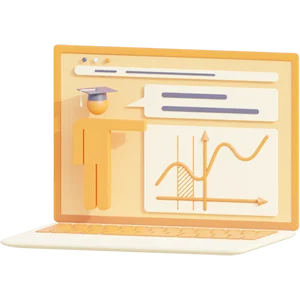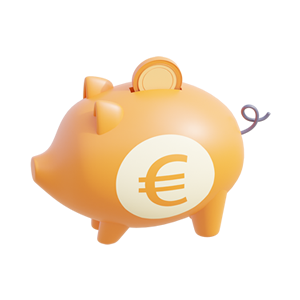International Marketing for IB Summary (Final Exam)
This is a summary for the course International Marketing for International Business at the University of Groningen.
The document contains thorough summaries for chapters 8 to 16 of the book Principles of Marketing, seventh edition by Philip Kotler and Gary Armstrong. These chapters are asked for in the Final exam for international marketing.
Preview samenvatting (2 van de 34 pagina's)
Voordelen van Knoowy
€ 6,49
 Niet tevreden? Geld terug
Niet tevreden? Geld terug
 Document direct te downloaden
Document direct te downloaden
 € 0,50 korting bij betalen met saldo
€ 0,50 korting bij betalen met saldo
-
 Ontvang gratis oefenvragen bij document
Ontvang gratis oefenvragen bij document

Specificaties
- School: Rijksuniversiteit Groningen
- Opleiding: International Business
- Vaknaam: International Marketing for IB
- Alle documenten voor dit vak ›
- Vakcode: EBP661C05
- Studiejaar: 2019/2020
Boek
- Naam boek: Principles Of Marketing
- Hoofdstukken: 8-19
- Druk: 7th
Document
- Rubriek: Samenvattingen
- Bijgewerkt op: 13-01-2021
- Gemaakt op: 04-01-2021
- Type: .pdf
- Pagina's: 34
- Taal: English
Tags
Verkoper
Verdienen aan je samenvattingen?
Vakken van International Business - Rijksuniversiteit Groningen
Meer International Business ›comparative country studies cross-cultural management economics empirical research project empirical research project for ib ethics and international business finance and risk management foreign direct investment foreign direct investment, trade & geography global business history global supply chain management information systems management innovation management in multinationals international business international business environment international financial management international marketing international strategic management introduction to international business managing international business organizations managing international business organizations game organisational behaviour organisational structure organizational behaviour qualitative research methods
Al meer dan 146.000 tevreden studenten
-
rolfoli
Overzichtelijk en handige website in gebruik. Voor thematisch onderwijs zeker een aanvulling.
-
MartinusV
Knoowy ziet er goed uit en is handig in de voorbereiding voor je studie.
-
FleurYasmine
Het is erg handig om Knoowy te gebruiken voor het leren voor tentamens.
-
Ernst Wemmers
Ik bied al lange tijd mijn documenten aan op Knoowy. Nu ik afgestudeerd ben, verdien ik nog steeds af en toe wat bij met mijn samenvattingen en verslagen.
-
Toike
Knoowy is lekker makkelijk en goed als leidraad te gebruiken om verslagen te schrijven.
-
Amber
Staan goede samenvattingen op. Je kunt er ook makkelijk geld mee verdienen.
-
NataliaJ
Heel goed. Je kan heel veel samenvattingen vinden die helpen bij het leren.
-
susanne
Prima platform voor iedere student.
 Actie: ontvang 10% korting bij aankoop van 3 of meer items!
Actie: ontvang 10% korting bij aankoop van 3 of meer items!
Actie: ontvang 10% korting bij aankoop van 3 of meer items!








